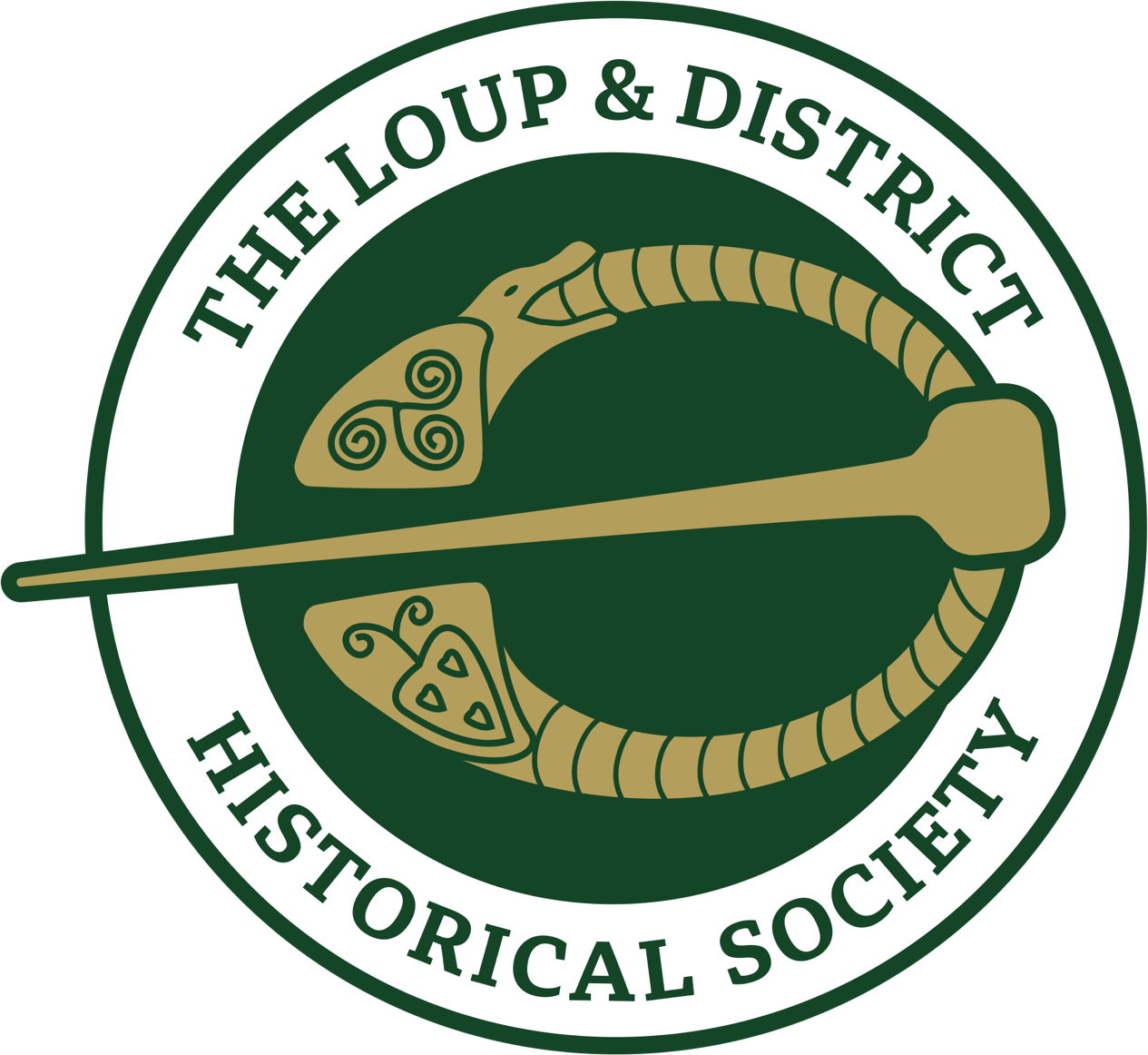Perhaps the most important function fell to the clerk, particularly in the early months and years of the workhouse as people were recruited for the various positions which were needed. The annual salary of the Clerk was fixed at £40, and initially there were five applicants for the position in 1840. All five men were from Magherafelt— William Thompson, Richard James, BernardMcGuckin, Joseph Brown and Joshua Adams. After reviewing the applicants Richard James was elected and became the first clerk of the Poor Law Union. James’ tenure was short lived, and he died in November 1842. He was replaced by Robert A. Duncan of Magherafelt.
Advertisements were soon placed in all northern newspapers for the positions of master, matron, schoolmaster, medical doctors and a host of nurses and maids. The salaries of these officials were: Master, £20; matron, £25 ; schoolmaster, £20 ; Schoolmistress, £15, and Porter £10. The latter was an important position, often the first person people met when entering the workhouse grounds and they were instructed in 1841 to wear a uniform, consisting of blue frock coat, waistcoat, trousers and hat — coat to have red collar and cuff’s and gilt buttons.
Amongst the other ‘first’ officials of the workhouse included: Robert Carse, Newtownards as master; Mrs. Carse, his wife, as matron; Benjamin Beatty, as school-master; Ann Montgomery, aw school- mistress, and James McGuiggan, as porter. Dr. John Stuart Vesey was appointed medical officer at £40 a year marking the beginning of a long career and connection with the workhouse. Given the makeup of the poor law union, the provision of religious guidance was also necessary. In 1842 Rev. Thomas Twig (Established Church), Rev. James Wilson (Presbyterian) and Rev. J. Quinn, P.P. (Roman Catholic) were elected to address issues of faith for ‘inmates’.
During the course of its history roles and duties within the workhouse changed and there was a need for additional staff. By the early 20th century in the workhouse the provision of a maternity unit was a primary function of the building and as such maternity nurses were required.
The use of medical doctors and surgeons to cater for the poor of the union was also another important function and the following were each listed as acting as medical officers in the Magherafelt Poor Law Union, appointed on 1 January 1841. This information also contains important data on the number of people they vaccinated in their district up to the 1st of September 1841:




